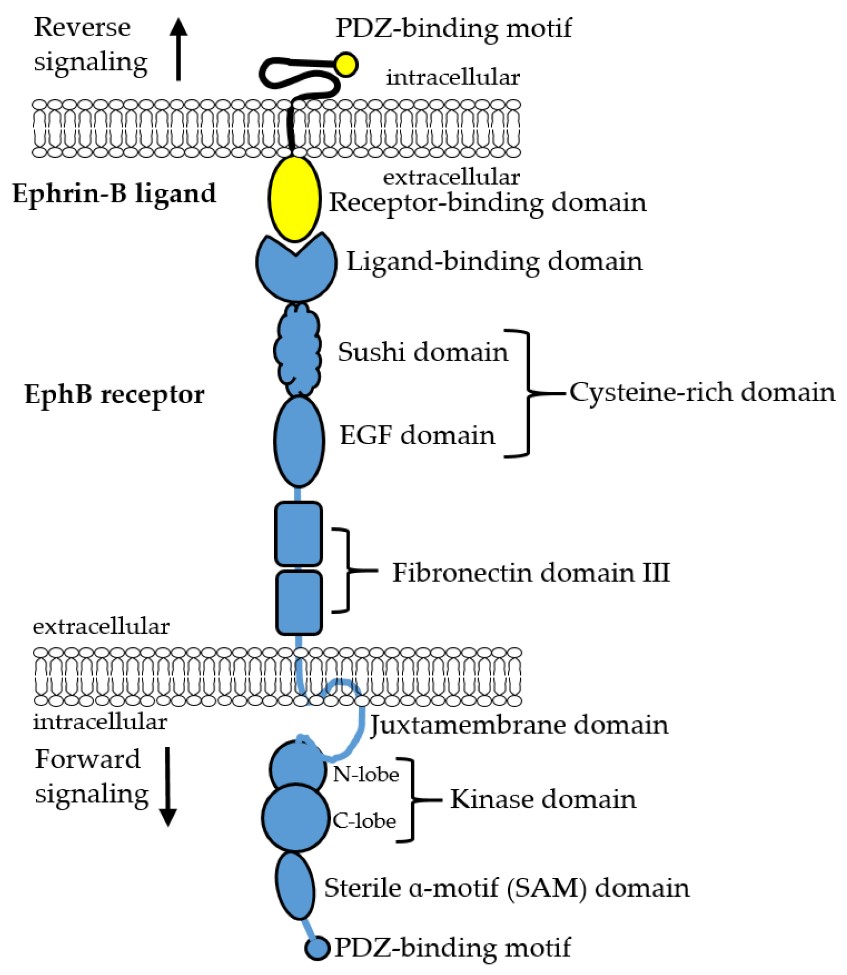
Our promise to you:
Guaranteed product quality, expert customer support.
 24x7 CUSTOMER SERVICE
24x7 CUSTOMER SERVICE
 CONTACT US TO ORDER
CONTACT US TO ORDER
EphB6 Gene Editing 
Ephrin (Eph) receptors constitute the largest sub-family of receptor tyrosine kinases, which can be divided into EphA and EphB subgroups according to their ligand-binding-affinity and structure of the extracellular domain. So far, nine EphA (EphA1-8 and EphA10) and five EphB (EphB1-4 and Eph6) receptors have been identified. Their membrane-anchored ligands, the ephrins, are also divided into two subgroups, ephrins-A and ephrins-B, which preferentially bind to EphA and EphB receptors, respectively. Ephs and ephrins have been proven to form an important cell communication system capable of bi-directional signaling. Ephs/ephrins signaling has initially been thought to participate in a wide spectrum of developmental processes by regulating cellular adhesion, migration or chemo-repulsion and tissue/cell boundary formation. Eph receptors and their ligands also participate in a wide range of processes directly related to tumorigenesis and metastasis, including cell attachment and shape, migration and angiogenesis.
 Figure 1. Domain organization of EphB receptors and ephrin-B ligands. (Strozen T G, et al., 2021)
Figure 1. Domain organization of EphB receptors and ephrin-B ligands. (Strozen T G, et al., 2021)
EphB6 is a protein expressed in all tissues and has been proven essential to maintain physiological homeostasis in areas such as the kidney, vascular smooth muscle and immune system T-cells with the highest expression levels of EphB6 observed in the pancreas, brain and thymus. The ephrins that serve as ligands for EphB6 are ephrin-B1 and ephrin-B2. EphB6 can be phosphorylated by interaction with Fyn, EphB1 or EphB4.
EphB6 is an unusual Eph receptor, which has no catalytic capacity due to alterations within its kinase domain, and may act to suppress cancer aggression. More and more evidence supports the ability of EphB6 to actively modulate cellular signaling pathways and be involved in regulating cellular responses. For example, several studies on EphB6 in human lung and breast cancer cells identify a direct effect of EphB6 on the activation of Erk kinases, while other studies have shown that EphB6 modulates Akt signaling in a more complex manner. In addition, a recent study has suggested that the pro-survival effects of EphB6 on disseminated dormant estrogen receptor-positive breast cancer cells can be mediated by inhibiting the GSK3β pathway. Examples of EphB6 effects on biological cellular responses include inhibiting EphA2-mediated anoikis resistance in breast cancer cells by preventing Akt-mediated phosphorylation of the EphA2 receptor on Ser897. EphB6 also reduces motility and invasion of breast and lung cancer cells and partially reverses epithelial-to-mesenchymal transition traits of breast cancer cells. In some malignancies, a negative correlation between EphB6 expression and solid tumor aggressiveness was observed; these include neuroblastoma, melanoma, colorectal and prostate cancers, so EphB6 can inhibit invasive and metastatic phenotypes. Consistent with these studies, the expression of EphB6 was shown to inhibit metastasis of lung and colorectal tumors in xenograft models. In conclusion, these findings indicate that given its ubiquitous tissue expression, promiscuous binding capabilities, lack of kinase activity and ability to attenuate the pro-metastatic capability of other Eph receptors, EphB6 is considered to be a switch capable of regulating the signal output of Eph receptor clusters.
EphB6 Gene Editing Services
CRISPR/Cas9 PlatformCB at Creative Biogene is dedicated to offering comprehensive CRISPR/Cas9 gene editing services and products for academic research, biotech research and pharmaceutical drug discovery. With deep gene editing knowledge and extensive experience in experimental operation and data processing, we help you effectively control EphB6 genes knockout/knockin/point mutation in cells or animals via CRISPR/Cas9 technology.
| Service | Details | Alternative cell lines or animal species |
| EphB6 Gene Editing Cell Line Generation | gRNA design and synthesis Transfect the cell lines you're interested Select the high expression cells and sort monoclonal cell Validate the knockout/knockin/point mutation of EphB6 by PCR and sequencing Provide cryogenically preserved vials of stable cells and final reports | HEK239T, Hela, HepG2, U87, Ba/F3, CHO, MDA-MB-453, MDA-MB-231NIH3T3, T47D, Neuro2a, MCF7, RKO, K562, RAW264.7, etc. |
| EphB6 Gene Editing Animal Model Generation | EphB6 gene conventional knockout animals EphB6 gene conditional knockout animals EphB6 point mutation animals EphB6 knockin animals | Mouse, rat, rabbit, zebrafish, C. elegans, etc. |
Related Products at CRISPR/Cas9 PlatformCB
References:
- Giaginis C, et al. Clinical significance of EphB4 and EphB6 expression in human malignant and benign thyroid lesions. Pathology & Oncology Research, 2016, 22: 269-275.
- Toosi B M, et al. EPHB6 augments both development and drug sensitivity of triple-negative breast cancer tumours. Oncogene, 2018, 37(30): 4073-4093.
- Strozen T G, et al. The EphB6 Receptor: Kinase-Dead but Very Much Alive. International Journal of Molecular Sciences, 2021, 22(15): 8211.
- Xu D, et al. EphB6 overexpression and Apc mutation together promote colorectal cancer. Oncotarget, 2016, 7(21): 31111.